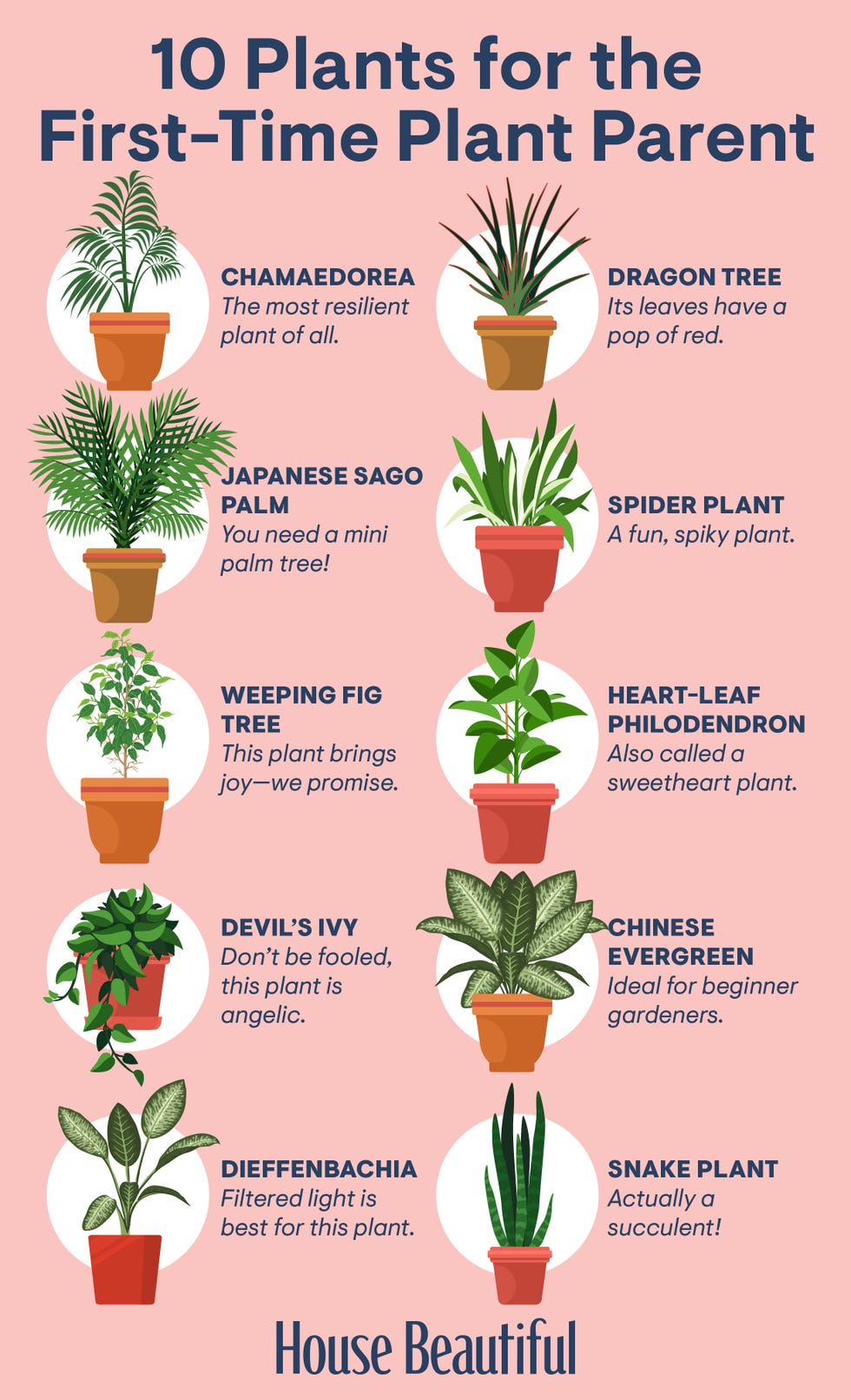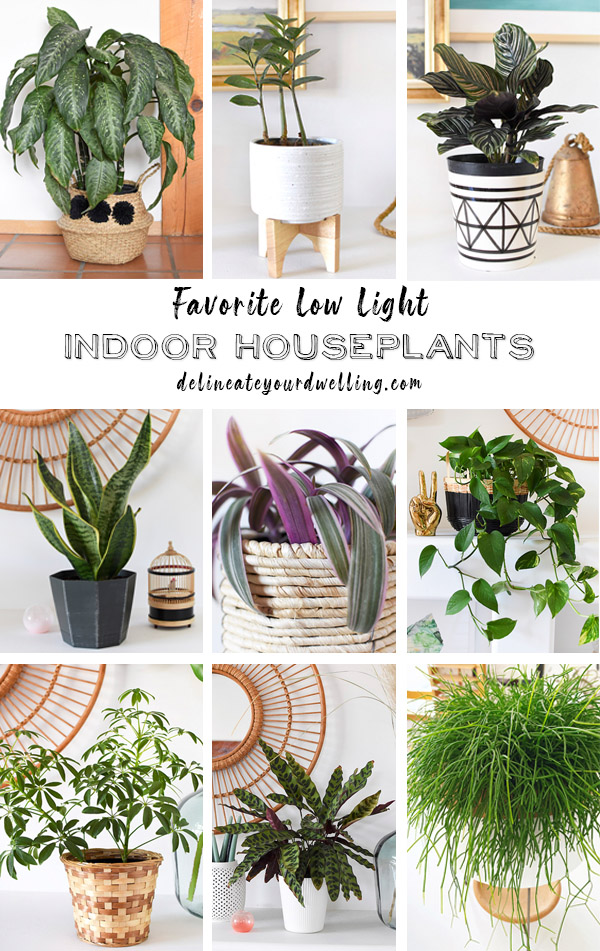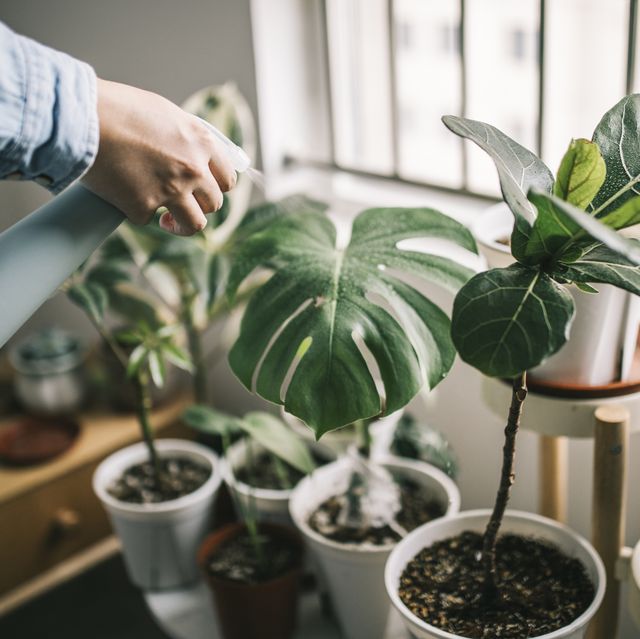Top 10 Best Low-Light Indoor Plants for Dark Rooms and Apartments
Top 10 Best Low-Light Indoor Plants for Dark Rooms and Apartments
Blog Article
Reveal the Secrets of Low-Light Indoor Plants and How They Improve Your Setting
Low-light interior plants have gathered enhancing focus for their one-of-a-kind capacity to boost both visual allure and ecological high quality within offices and homes. These resistant types, including the Serpent Plant and Peace Lily, not only flourish in difficult lighting problems however also play a crucial role in air filtration and emotional health.
Benefits of Low-Light Indoor Plants
Although lots of people think that indoor plants need abundant sunlight to prosper, low-light interior plants offer a wide range of advantages that make them excellent for different environments. One of the primary benefits is their adaptability; they can prosper precede with limited natural light, such as offices, cellars, or rooms with little windows. This function allows people to improve their environments with greenery, adding to improved appearances without the need for considerable lighting modifications.
Additionally, low-light interior plants can considerably boost indoor air quality by filtering damaging toxins and releasing oxygen, making living areas healthier. Research study has revealed that certain ranges can take in contaminants, hence advertising a cleaner atmosphere. Additionally, they can enhance mental health by decreasing tension and increasing performance. The existence of plants has actually been connected to greater sensations of harmony and emphasis.
Moreover, low-light plants commonly require less upkeep than their sun-loving equivalents, making them excellent for active individuals or those new to horticulture. Their strength permits them to love very little intervention, therefore supplying a fulfilling experience for plant fanatics and beginners alike. In summary, low-light indoor plants offer both aesthetic and practical objectives, making them valuable enhancements to any type of room.
Leading Low-Light Plant Selections
Low-light interior plants can be found in a selection of species, each offering one-of-a-kind qualities and benefits matched for dark atmospheres. Among the most preferred varieties is the Snake Plant (Sansevieria), recognized for its architectural fallen leaves and air-purifying abilities. This durable plant flourishes on disregard and can tolerate a large range of light conditions.
Another exceptional selection is the ZZ Plant (Zamioculcas zamiifolia), which includes shiny, dark green leaves and is extremely drought-tolerant. Its adaptability makes it a preferred for workplaces and homes with minimal sunlight.
The Pothos (Epipremnum aureum) is likewise a leading competitor, with its routing creeping plants and heart-shaped fallen leaves - Best low-light indoor plants. This functional plant can be educated to climb or cascade, including visual interest to any type of room

Care Tips for Low-Light Plants
Taking care of low-light indoor plants needs a nuanced understanding of their particular needs to guarantee optimal development and vigor. It is essential to choose the appropriate potting mix, as a well-draining soil is essential to avoid origin rot. A blend created for houseplants, typically having peat moss and perlite, works well for most low-light varieties.
Watering is another key element of treatment. Low-light plants typically need much less constant watering compared to their sun-loving equivalents. It is a good idea to examine the top inch of dirt; if it really feels dry, it's time to water. Overwatering can result in problems such as mold and mildew and root degeneration.
Fertilizing should be approached with care. During the expanding period, a watered down liquid plant food can be applied monthly, however in winter months, many low-light plants enter dormancy and need little to no fertilizing.
Lastly, it is necessary to periodically clean up the fallen leaves to get rid of dust, enabling much better light absorption. By sticking to these treatment pointers, you can cultivate a successful atmosphere for your low-light interior plants, improving both their look and durability.
Enhancing Air Quality With Plants
Interior plants play a significant duty in boosting air top quality within homes and office. Via the procedure of photosynthesis, these plants soak up co2 and launch oxygen, adding to a much healthier environment. Additionally, certain low-light view it now interior plants have the capability to filter dangerous contaminants, such as formaldehyde, trichloroethylene, and benzene, which are generally found in indoor environments.

Furthermore, the existence of interior plants can enhance moisture degrees, which helps ease completely dry skin and respiratory system problems, additionally improving overall health. This ability to enhance air top quality not only advertises physical health however also sustains mental wellness.
Incorporating low-light indoor plants right into your why not try these out living and functioning spaces can bring about an extra stimulating and vibrant environment (Best low-light indoor plants). Buying these natural air purifiers is a straightforward yet efficient approach for improving interior air quality and cultivating a much healthier way of living
Producing a Peaceful Indoor Room
The assimilation of plants into living rooms not just enhances air top quality but also adds to a relaxing environment. Low-light interior plants, such as serpent plants and pothos, are particularly reliable in creating a tranquil setting, as they grow in conditions that may otherwise be unwelcoming for various other greenery. Their lush foliage provides a relaxing visual, lowering anxiety and promoting relaxation.
Incorporating these plants right into your home or workplace can evoke a feeling of peace and well-being. Tactically placing them in locations where you invest considerable time, such as living workspaces or rooms, enables for an immersive experience with nature, which has been revealed to improve mood and cognitive feature.
Additionally, the gentle motion of fallen leaves in response to airflow can create a vibrant visual component that enhances the overall atmosphere. Think about utilizing a range of plant elevations and appearances to add depth and passion to your room. With thoughtful positioning and treatment, low-light indoor plants can change any kind of location right into a peaceful sanctuary, promoting not only Get More Info visual contentment but emotional and likewise psychological wellness.

Conclusion
Incorporating low-light indoor plants into different settings yields considerable advantages, including boosted air high quality and boosted aesthetic appeal. The transformative power of low-light plants emphasizes their value in enhancing both work and property settings.
Although several individuals presume that indoor plants need bountiful sunshine to flourish, low-light interior plants provide a plethora of advantages that make them perfect for various atmospheres.Moreover, low-light indoor plants can substantially improve interior air top quality by filtering system unsafe toxic substances and launching oxygen, making living areas healthier. Furthermore, specific low-light interior plants possess the ability to filter unsafe toxins, such as benzene, formaldehyde, and trichloroethylene, which are frequently located in indoor atmospheres.
Low-light indoor plants, such as serpent plants and pothos, are especially reliable in producing a calm atmosphere, as they prosper in problems that may or else be inhospitable for various other greenery.Integrating low-light interior plants into different environments returns substantial benefits, including improved air high quality and boosted aesthetic appeal.
Report this page